Yukon, Northwest Territories, and Nunavut's Climate Plan
The northern territories—Yukon, Northwest Territories, and Nunavut—are tackling climate change and sustainability with initiatives tailored to their unique environments and communities. These territories are on the front lines of climate change, experiencing rapid warming, permafrost thaw, and shifts in ecosystems. Despite the challenges, each territory is implementing innovative climate strategies that focus on reducing emissions, transitioning to renewable energy, and respecting Indigenous knowledge and practices. Here’s a look at the key initiatives, accomplishments, and community participation across the three territories.
Key Initiatives under the Northern Territories Plan
1. Yukon: Climate Change, Energy, and Green Economy Strategy
Yukon is addressing climate change with its Climate Change, Energy, and Green Economy Strategy, which sets ambitious targets to reduce greenhouse gas (GHG) emissions and create a sustainable, low-carbon economy. This strategy, released in 2020, outlines Yukon’s plan to achieve net-zero emissions by 2050, with a 30% reduction below 2010 levels by 2030. The strategy focuses on renewable energy, energy efficiency, and fostering a green economy that creates jobs and opportunities for local communities.
Key Initiatives:
Renewable Energy Expansion: Yukon is investing in renewable energy projects, particularly in hydroelectric power, solar, and wind energy. The Atlin Hydro Expansion Project and Micro-generation Program, which supports small-scale solar installations, are examples of the territory’s efforts to reduce reliance on fossil fuels.
Energy Efficiency: Yukon has launched several programs to improve energy efficiency in homes, businesses, and public buildings. The Good Energy Program offers rebates for energy-efficient appliances, heating systems, and insulation upgrades, helping to reduce energy use and emissions.
Green Economy: The strategy also emphasizes developing a green economy by supporting green jobs, clean technology, and local businesses that contribute to sustainable economic growth.
Accomplishments:
Yukon has made significant progress in renewable energy adoption, with renewable energy accounting for over 97% of its electricity production—largely from hydroelectric power. Solar energy projects, like the Old Crow Solar Project, which is community-led and the largest solar installation in northern Canada, are also key accomplishments.
Community Participation:
Communities in Yukon are actively involved in the territory’s climate strategy. Indigenous communities, in particular, are leading many renewable energy projects, such as the Vuntut Gwitchin First Nation’s involvement in the Old Crow Solar Project, which aims to reduce diesel use and provide clean energy to the region. The Micro-generation Program allows Yukoners to generate renewable energy and sell excess power back to the grid, fostering community-level involvement.
2. Northwest Territories: 2030 Energy Strategy
The Northwest Territories (NWT) is implementing its 2030 Energy Strategy, which focuses on transitioning to renewable energy and reducing diesel dependence. Many remote and Indigenous communities in NWT rely on diesel for electricity generation, making the transition to cleaner energy sources a priority for both environmental and economic reasons. The 2030 Energy Strategy aims to reduce GHG emissions by 30% below 2005 levels by 2030.
Key Initiatives:
Renewable Energy Projects: The NWT government is investing in renewable energy projects such as solar power, biomass, and wind energy to reduce diesel use in remote communities. The Inuvik Wind Project is one of the most significant projects underway, aiming to supply clean energy to the community of Inuvik, which has historically relied heavily on diesel.
Community Diesel Reduction: The NWT has several initiatives focused on reducing diesel dependence in remote and off-grid communities. The Community Diesel Reduction Program provides funding and support for communities to transition to renewable energy and improve energy efficiency.
Energy Efficiency Programs: The Arctic Energy Alliance helps residents and businesses improve energy efficiency by offering rebates for energy-efficient appliances, building retrofits, and renewable energy installations like solar panels and heat pumps.
Accomplishments:
The Inuvik Wind Project is a landmark project in NWT, expected to reduce the community’s diesel use by 30%, cutting GHG emissions significantly. Several communities have also adopted solar power solutions, such as Colville Lake, which now operates a solar-diesel hybrid system—a major accomplishment in reducing fossil fuel reliance.
Community Participation:
Many NWT communities, particularly Indigenous groups, are leading the charge in renewable energy projects. These communities are involved in planning and operating projects like the Fort McPherson Biomass District Heating System, which reduces reliance on diesel and creates local jobs. Community-led energy planning is central to NWT’s approach, ensuring that local knowledge and needs are prioritized.
3. Nunavut: Local Solutions with Indigenous Knowledge
Nunavut’s approach to climate change focuses on local solutions that respect Indigenous knowledge and practices. As the northernmost territory, Nunavut faces some of the most extreme impacts of climate change, including rapid warming, sea ice loss, and permafrost degradation. The Nunavut Climate Change Secretariat leads the territory’s efforts, with the goal of building climate resilience and reducing reliance on fossil fuels.
Key Initiatives:
Renewable Energy Projects: Nunavut is exploring renewable energy options such as solar power and wind energy to reduce diesel dependence in its remote communities. Several pilot solar projects have been successfully implemented, including in Iqaluit and Arviat, where solar installations are helping reduce reliance on diesel generators.
Community Adaptation and Resilience: Given the unique challenges Nunavut faces, the territory’s climate strategy is heavily focused on adaptation. The Nunavut Climate Change Adaptation Plan works closely with local communities to implement strategies that address permafrost thaw, changing wildlife patterns, and sea ice loss, which directly impact traditional Inuit livelihoods.
Indigenous Knowledge Integration: Nunavut’s climate strategy is grounded in Inuit Qaujimajatuqangit (Inuit traditional knowledge), ensuring that climate action respects cultural practices and knowledge. This includes integrating Indigenous ways of understanding the land into scientific approaches to monitoring environmental changes.
Accomplishments:
Nunavut has made progress in reducing diesel use through small-scale renewable energy projects. The Arviat Solar Project has successfully reduced diesel consumption in the community, and efforts to expand solar power across the territory are underway. Nunavut’s adaptation efforts have also been recognized for their strong integration of Indigenous knowledge, ensuring that climate resilience is built in culturally appropriate ways.
Community Participation:
Inuit communities are deeply involved in Nunavut’s climate initiatives, leading projects and providing traditional knowledge that guides decision-making. Local hunters, elders, and community leaders are instrumental in monitoring environmental changes and informing adaptation strategies. The emphasis on community-led projects ensures that climate solutions are practical and rooted in local culture.
The ZenithNet-Zero team includes experts who can guide you and your company in understanding your net-zero needs and achieving your sustainability goals
Questions?
If you can’t find the answer you’re looking for, feel free to write to us. Help us make this blog a rich source of environmental insights and news.






